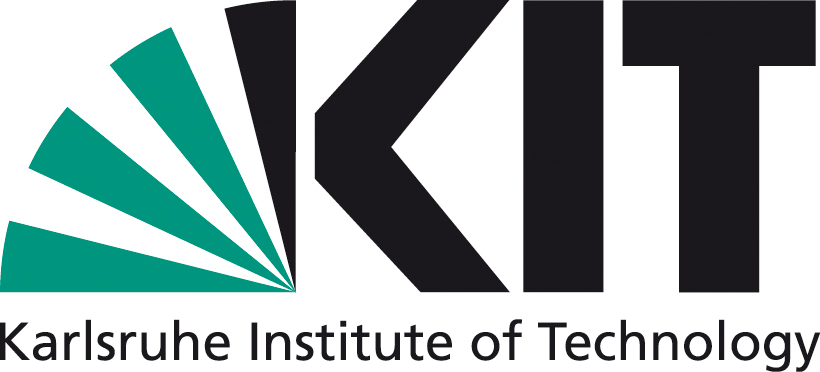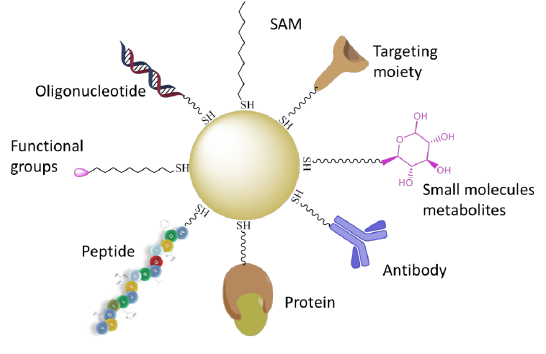
Trained in synthetic organic chemistry, Prof. Niemeyer developed in a world-wide first the approach of “Supramolecular Bioconjugates”. This topic is still a focal point in the lab. Methods of nucleic acid and protein chemistry are employed for the synthesis of semisynthetic DNA-protein conjugates. Nowadays, we use synthetic organic chemistry approaches, such as bioorthogonal “click chemistries”, not only for bioconjugation and surface modification but also for cell biology, stereoselective biocatalysis. and materials research.
Selected References
- Niemeyer, C. M., Sano, T., Smith, C. L., Cantor, C. R. (1994) Oligonucleotide-directed self-assembly of proteins: Semisynthetic DNA-streptavidin hybrid molecules as connectors for the generation of macroscopic arrays and the construction of supramolecular bioconjugates. Nucl. Acids Res. 22, 5530-5539
- Fruk, L., Niemeyer, C. M. (2005) Covalent Hemin-DNA Adducts for Generating a Novel Class of Artifical Heme Enzymes. Angew. Chem. Int. Ed. 44, 2603.
- Vogel, K., Glettenberg, M., Schroeder, H., Niemeyer, C. M. (2013) DNA-Modification of Eukaryotic Cells. Small 9, 255
- Skoupi, M., Vaxelaire, C., Strohmann, C., Christmann, M., Niemeyer, C. M. (2015) Enantiogroup-Differentiating Biocatalytic Reductions of Prochiral C -Symmetrical Dicarbonyl Compounds to meso Compounds. Chem. Eur. J. 21, 8701-8705
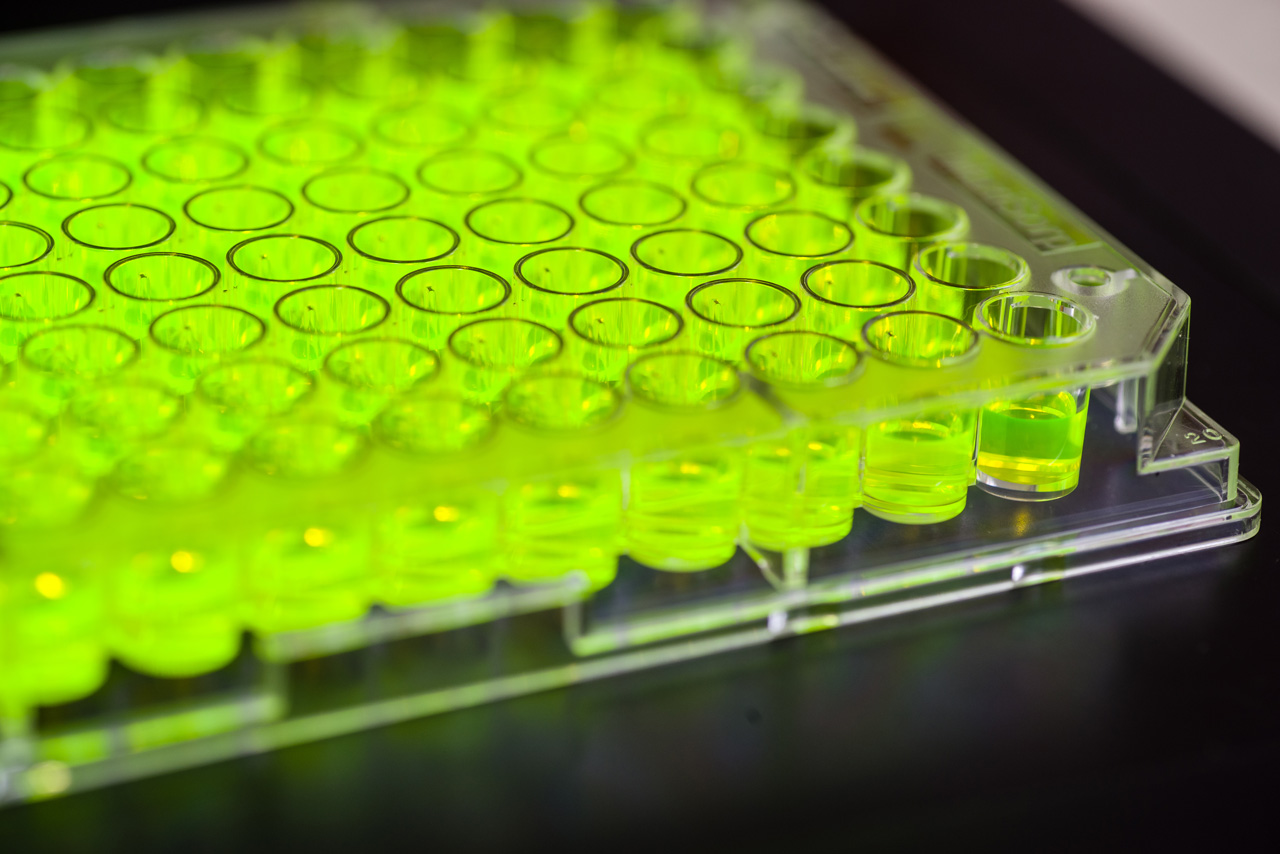
The chemical modification of biomolecules is a central aspect of our work. Key components are “ Semisynthetic DNA-protein conjugates” that combine the addressability of nucleic acids with the vast variety of protein functions. These conjugates are synthesized by covalent coupling chemistries and biomolecular recognition systems. Depending on the application of the bioconjugates, we work with small-molecule binding proteins, antibodies, cell surface proteins and a broad range of enzymes. The proteins are usually produced by recombinant methods in order to achieve the most efficient and gentle conjugation possible.
Selected References
- Lovrinovic, M., Seidel, R., Wacker, R., Schroeder, H., Seitz, O., Engelhard, M., Goody, R., Niemeyer, C. M. (2003) Synthesis of protein-nucleic acid conjugates by expressed protein ligation. Chem. Commun. 822.
- Niemeyer, C. M. (2010) Semisynthetic DNA-Protein Conjugates for Biosensing and Nanofabrication. Angew Chem Int Ed 49, 1200.
- Vogel, K., Glettenberg, M., Schroeder, H., Niemeyer, C. M. (2013) DNA-Modification of Eukaryotic Cells. Small 9, 255
- Brglez, J., Ahmed, I., Niemeyer, C. M. (2015) Photocleavable ligands for protein decoration of DNA nanostructures. Org Biomol Chem 13, 5102
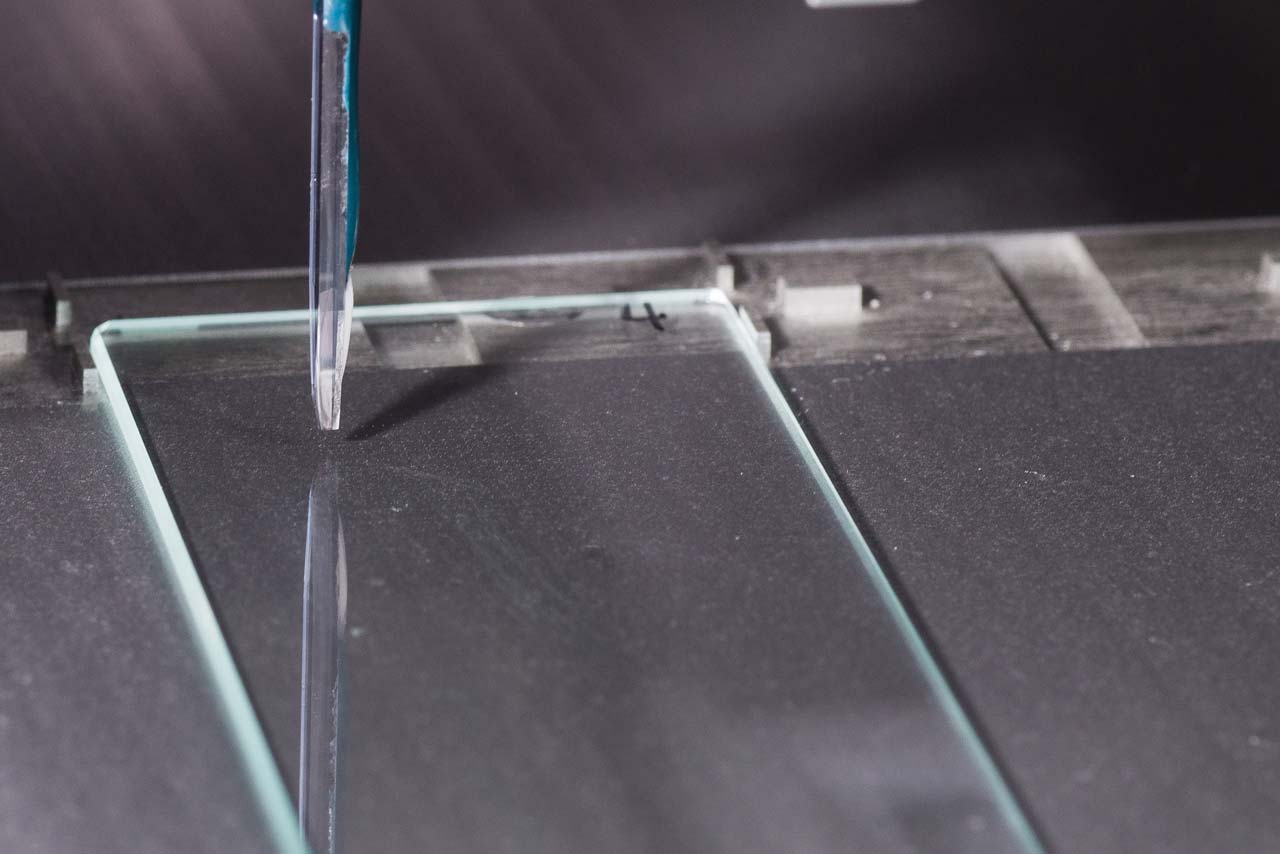
DNA and protein microarrays and micro- and nanopatterned surfaces are being developed to enable interaction analyses of biomolecules and cells. To this end, silane-based surface chemistries in conjunction with bioorthogonal coupling chemistries are used to enable mild and efficient immobilization of nucleic acids and proteins. A particular emphasis is the DNA-Directed Immobilization (DDI), which was developed by our lab in a world-wide first. This method not only proceeds under very mild conditions and with greater efficiency than conventional immobilization techniques. But it also allows for reversible and site-selective assembly of proteins on solid substrates. Therefore, DDI is the method-of-choice to decorate solid surfaces with arrays of proteins, colloids and even living cells. This opens the door to applications in cell biology, biosensing and materials research.
Selected References
- Niemeyer, C. M., Sano, T., Smith, C. L., Cantor, C. R. (1994) Oligonucleotide-directed self-assembly of proteins: Semisynthetic DNA-streptavidin hybrid molecules as connectors for the generation of macroscopic arrays and the construction of supramolecular bioconjugates. Acids Res. 22, 5530.
- Benters, R., Niemeyer, C. M., Wöhrle, D. (2001) Dendrimer-Activated Solid Supports for Nucleic Acid- and Protein-Microarrays. ChemBioChem 2, 686
- Jonkheijm, P., Weinrich, D., Schroeder, H., Niemeyer, C. M., Waldmann, H. (2008) Chemical Strategies for Generating Protein Biochips. Chem. Int. Ed. 47, 9618.
- Schneider, A.-K., Niemeyer, C. M. (2018) DNA Surface Technology: From Gene Sensors to Integrated Systems for Life and Materials Sciences. Angew Chem Int Ed 57, 16959-16967
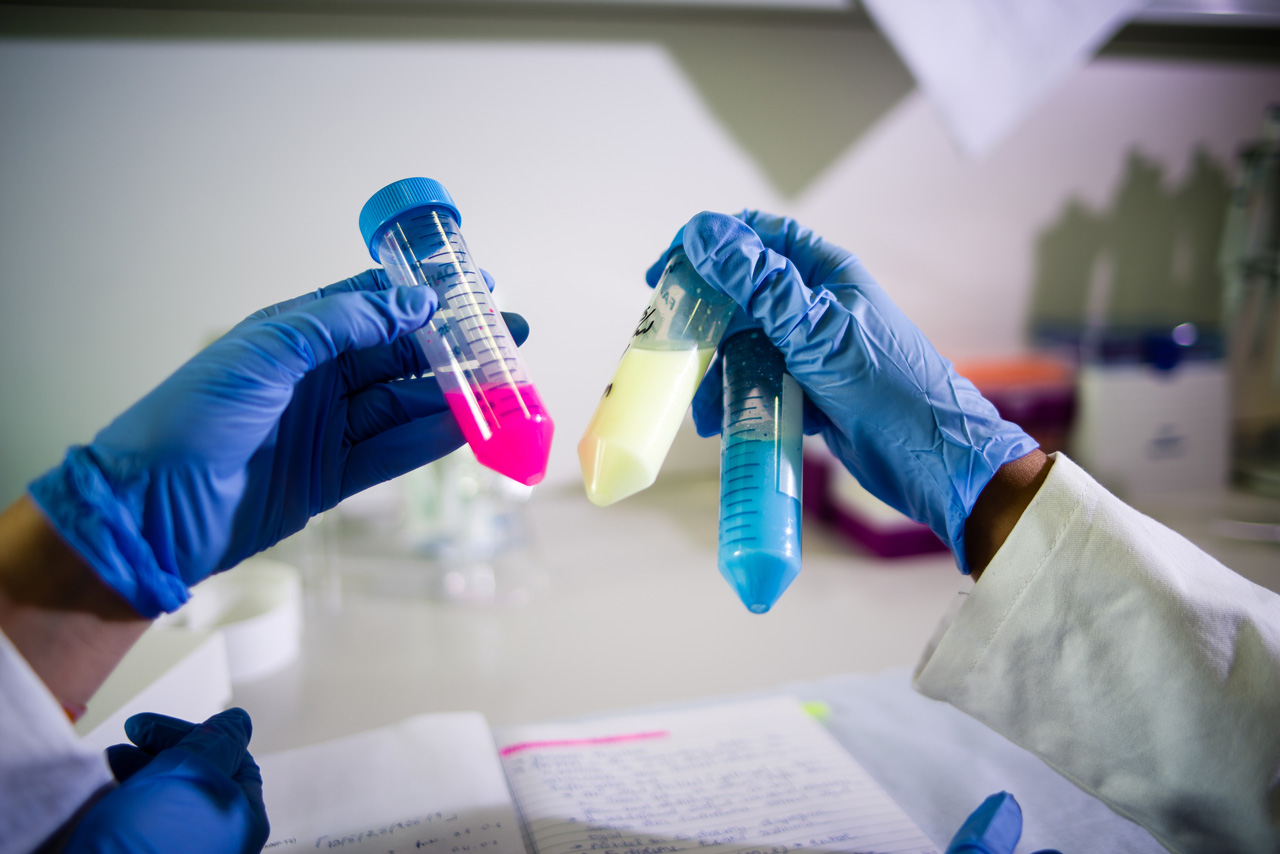
We develop biohybrid materials by using inorganic nanoparticles, which are synthesized from various materials (semiconductors, metals, silica) and decorated with nucleic acid and protein molecules. Using tailored surface chemistries, biofunctionalized nanoparticles are designed for specific applications in biosensing, biocatalysis and cell biology. Recently, these fields have been increasingly addressed with the development of biomolecular hydrogel polymers.
Selected References
- Ipe, B. I., Niemeyer, C. M. (2006) Nanohybrids Composed of Quantum Dots and Cytochrome P450 as Photocatalysts. Angew. Chem. Int. Ed. 45, 504.
- Lu, H., Schoeps, O., Woggon, U., Niemeyer, C. M. (2008) A Self-Assembled Donor Comprising Quantum Dots and Fluorescent Proteins for Long-Range Fluorescence Resonance Energy Transfer. J. Am. Chem. Soc. 130, 4815
- Wang, X. D., Rabe, K. S., Ahmed, I., Niemeyer, C. M. (2015) Multifunctional Silica Nanoparticles for Covalent Immobilization of Highly Sensitive Proteins. Adv Mater 27, 7945
- Sun, P., Leidner, A., Weigel, S., Weidler, P. G., Heissler, S., Scharnweber, T., Niemeyer, C. M. (2019) Biopebble Containers: DNA-Directed Surface Assembly of Mesoporous Silica Nanoparticles for Cell Studies. Small 15, e1900083
